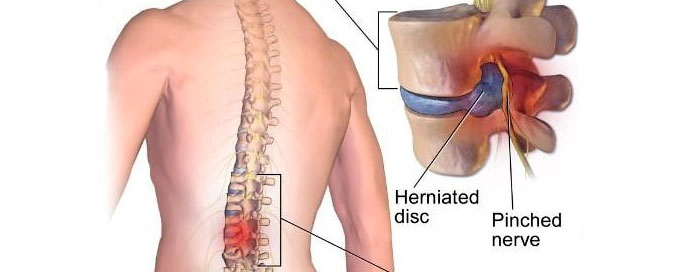Services / Dr. Ravi Bhanushali

Lumbar spondylosis, also known as lumbar spinal osteoarthritis or degenerative disc disease, is a condition characterized by degenerative changes in the lumbar spine (lower back). It typically involves wear and tear of the spinal discs, vertebrae, and facet joints, leading to symptoms such as back pain, stiffness, and decreased mobility.
Here’s an overview of lumbar spondylosis:
Causes:
Symptoms:
Prognosis:
